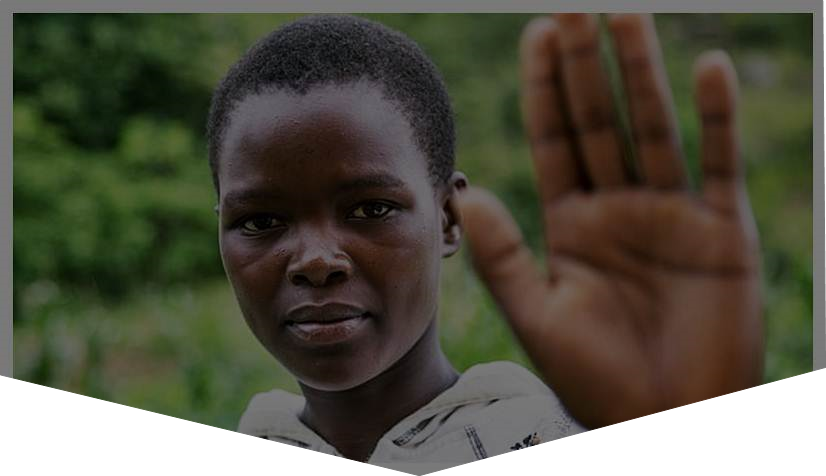Girls and boys must be protected from all forms of violence and abuse. This includes physical, sexual and emotional abuse, neglect and harmful practices such as child marriage and genital mutilation/cutting of girls. Families, communities and authorities are responsible for ensuring this protection.
Girls and boys can encounter different forms of violence, abuse and/or harmful practices in many settings:
In the family and home:
physical violence
psychological violence
sexual violence and abuse
corporal (physical) punishment
neglect and abandonment
child marriage
harmful traditional practices, such as female genital mutilation/cutting (FGM/C).
In schools and other educational activities:
corporal punishment
psychological punishment
sexual and gender-based violence
verbal and physical bullying
fighting.
In care and justice institutions (e.g., orphanages, children's homes and detention facilities):
physical and psychological violence under the guise of discipline
neglect
child-on-child violence
sexual abuse and violence.
In workplaces:
physical and psychological punishment
humiliation
sexual harassment and abuse.
In the community (among peers, between gangs, by the police and by traffickers):
physical violence
armed violence
sexual violence.
Children who experience or witness violence often remain silent out of fear, shame or stigma. Some accept it as part of life. While some violence is perpetrated by strangers, most is carried out by people children know and should be able to trust and look to for protection. These may include parents, step-parents or a parent's partner, relatives, caregivers, boyfriends and girlfriends, schoolmates, teachers, religious leaders and employers.
All girls and boys can be subjects of abuse. Generally, boys tend to be at greater risk of physical and armed violence and girls face greater risk of neglect and sexual violence and exploitation.
Certain groups of children are particularly vulnerable to violence. These include children with disabilities, children of minority groups, children living or working on the street, children in conflict with the law, and children who are refugees, displaced or migrating.
Babies and young children are sometimes the object of a parent's or other caregiver's anger or frustration, often when children do not stop crying. The caregiver may shake the baby or young child so hard and violently that it causes injury to the child's brain that can lead to permanent injury or death. It is never okay to shake a child. Symptoms of violent shaking include irritability, difficulty staying awake, difficulty breathing, shakiness, vomiting, seizures or coma. These symptoms require immediate medical care.
Typically, the focus is on intervention after child maltreatment occurs. Due to the magnitude of the problem, it is critical that communities shift the emphasis to preventing child violence, abuse, neglect and harmful practices.
Every community should create and implement a plan of action to eliminate violence against children. Some key actions may include:
develop and broadly communicate codes of conduct against all forms of violence in settings where children live, go to school, play and work
educate parents and caregivers to respect the child's perspective, learn how to use positive and non-violent discipline and not to discipline a child when
angry
support schools to nurture attitudes that reject violence and promote non-violent conflict resolution. This can involve changing classroom management (traditionally based on fear, threats, humiliation and physical punishment) to a child-friendly approach that is non-discriminatory and supports cooperative learning
sponsor public campaigns to stop corporal punishment, abuse and harmful practices such as child marriage and genital mutilation/cutting
provide children affected by violence with health and social services to help them reintegrate into their families and communities
establish safe ways for children to report violence against them, such as telephone hotlines or accessible social protection centres.







